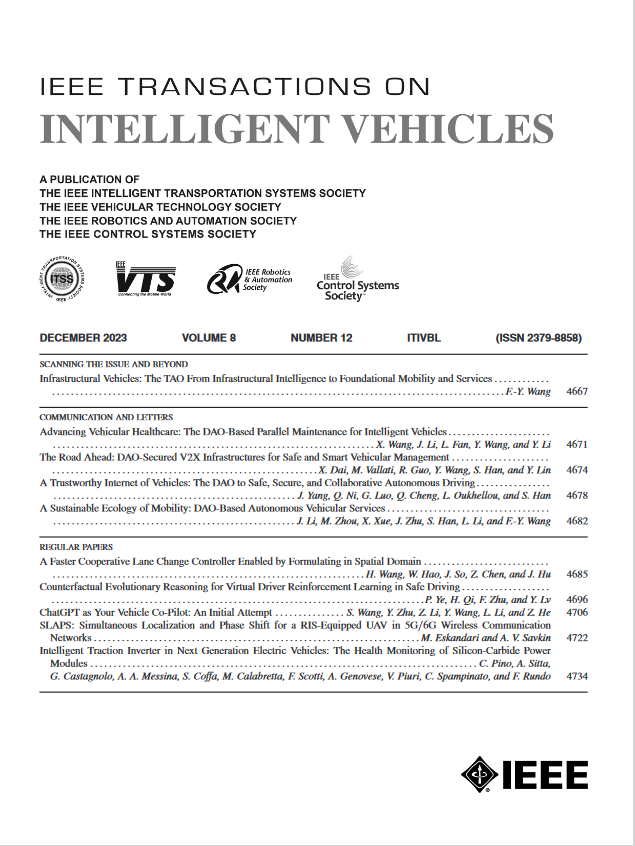Progressive Growth for Point Cloud Completion by Surface-Projection Optimization
IF 14
1区 工程技术
Q1 COMPUTER SCIENCE, ARTIFICIAL INTELLIGENCE
引用次数: 0
Abstract
Point cloud completion concentrates on completing geometric and topological shapes from incomplete 3D shapes. Nevertheless, the unordered nature of point clouds will hamper the generation of high-quality point clouds without predicting structured and topological information of the complete shapes and introducing noisy points. To effectively address the challenges posed by missing topology and noisy points, we introduce SPOFormer, a novel topology-aware model that utilizes surface-projection optimization in a progressive growth manner. SPOFormer consists of three distinct steps for completing the missing topology: (1)通过曲面投影优化逐步提高点云完成度
点云补全主要是根据不完整的三维形状补全几何和拓扑形状。然而,如果不预测完整形状的结构和拓扑信息并引入噪声点,点云的无序性将阻碍高质量点云的生成。为了有效应对拓扑缺失和噪声点带来的挑战,我们引入了 SPOFormer,这是一种新型拓扑感知模型,以渐进增长的方式利用曲面投影优化。SPOFormer 包括三个不同的步骤来完成缺失拓扑:(1)缺失关键点预测。为缺失关键点预测集成了拓扑感知变换器自动编码器。(2) 骨架生成。骨架生成模块借助拓扑感知变换器自动编码器预测的关键点和部分输入,生成一种名为骨架的新型表示法。(3) 逐步增长。我们设计了一个渐进增长模块,用于预测多尺度监督和曲面投影优化下的最终输出。表面投影优化首先用于完成点云,目的是强制生成的点与底层对象表面对齐。实验结果表明,SPOFormer 模型在 PCN 数据集上的倒角距离-$ell _{1}$(CD)得分高达 8.11,令人印象深刻。此外,该模型在 ShapeNet-55、ShapeNet-34 和 ShapeNet-Unseen21 数据集上的平均 CD-$ell _{2}$ 分数分别为 1.13、1.14 和 1.70。此外,该模型在真实世界的 KITTI 数据集上实现了 0.523 的最大平均差异 (MMD)。这些出色的定性和定量性能大大超越了以前的方法,在各种基准数据集上牢固地确立了新的一流性能。
本文章由计算机程序翻译,如有差异,请以英文原文为准。
求助全文
约1分钟内获得全文
求助全文
来源期刊

IEEE Transactions on Intelligent Vehicles
Mathematics-Control and Optimization
CiteScore
12.10
自引率
13.40%
发文量
177
期刊介绍:
The IEEE Transactions on Intelligent Vehicles (T-IV) is a premier platform for publishing peer-reviewed articles that present innovative research concepts, application results, significant theoretical findings, and application case studies in the field of intelligent vehicles. With a particular emphasis on automated vehicles within roadway environments, T-IV aims to raise awareness of pressing research and application challenges.
Our focus is on providing critical information to the intelligent vehicle community, serving as a dissemination vehicle for IEEE ITS Society members and others interested in learning about the state-of-the-art developments and progress in research and applications related to intelligent vehicles. Join us in advancing knowledge and innovation in this dynamic field.
 求助内容:
求助内容: 应助结果提醒方式:
应助结果提醒方式:


